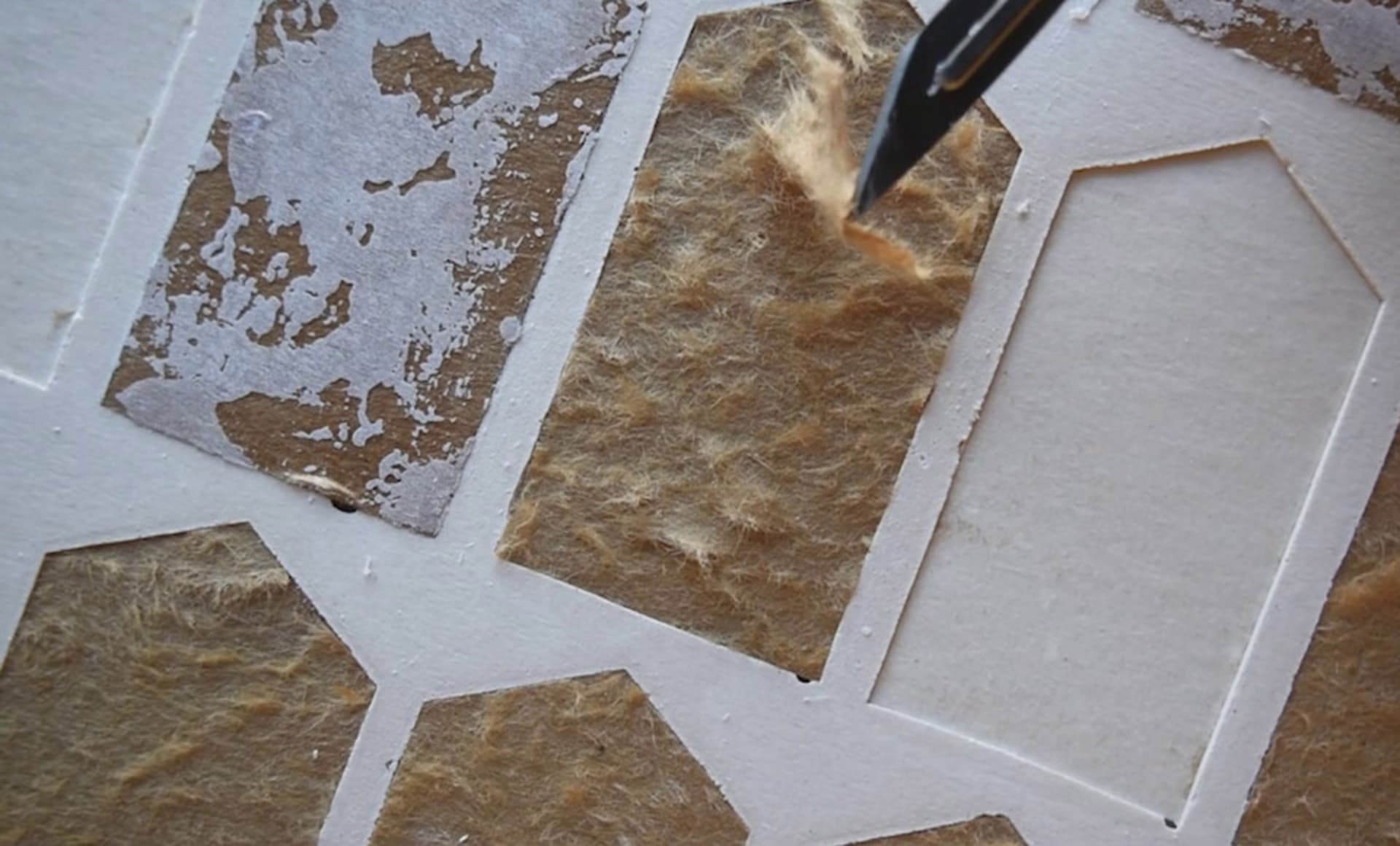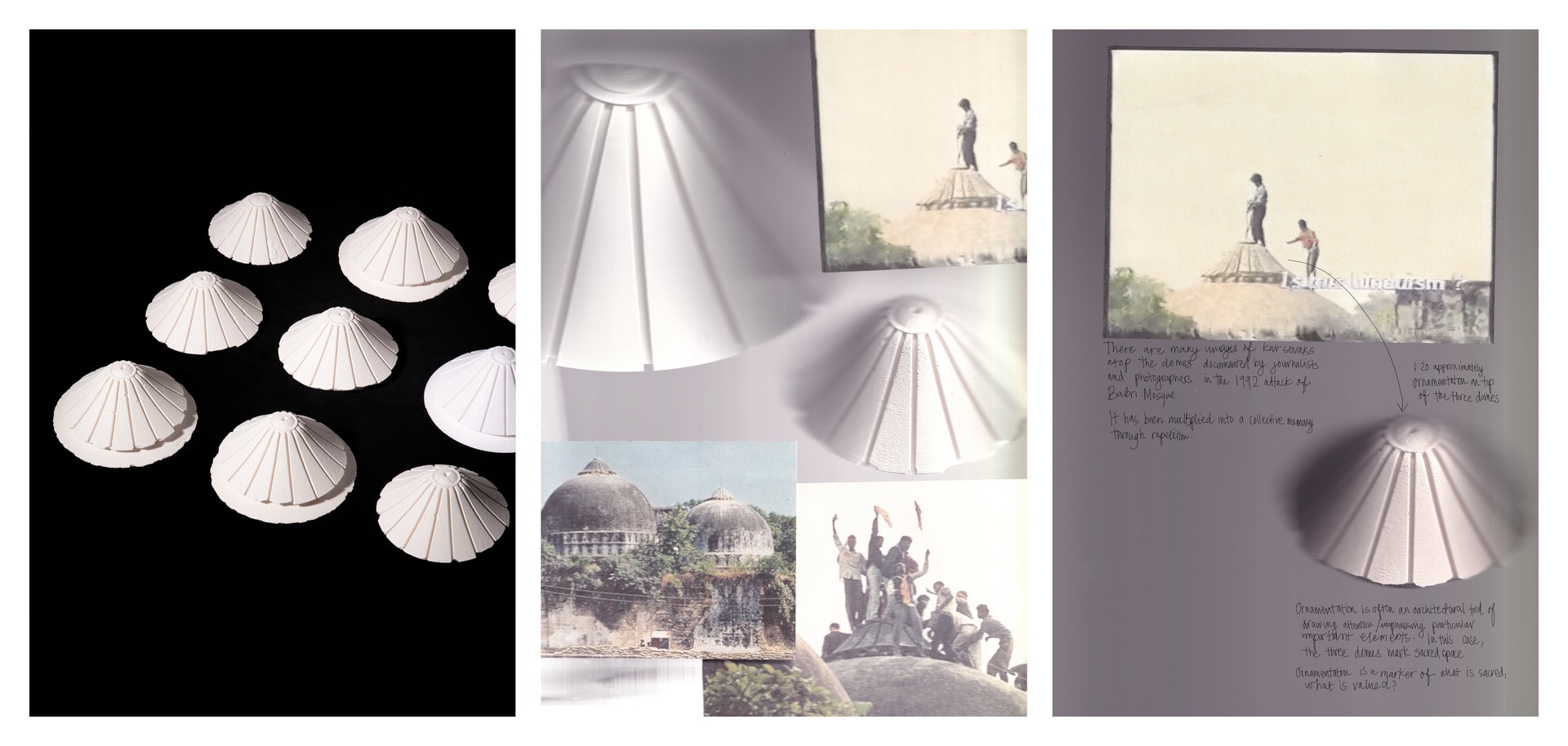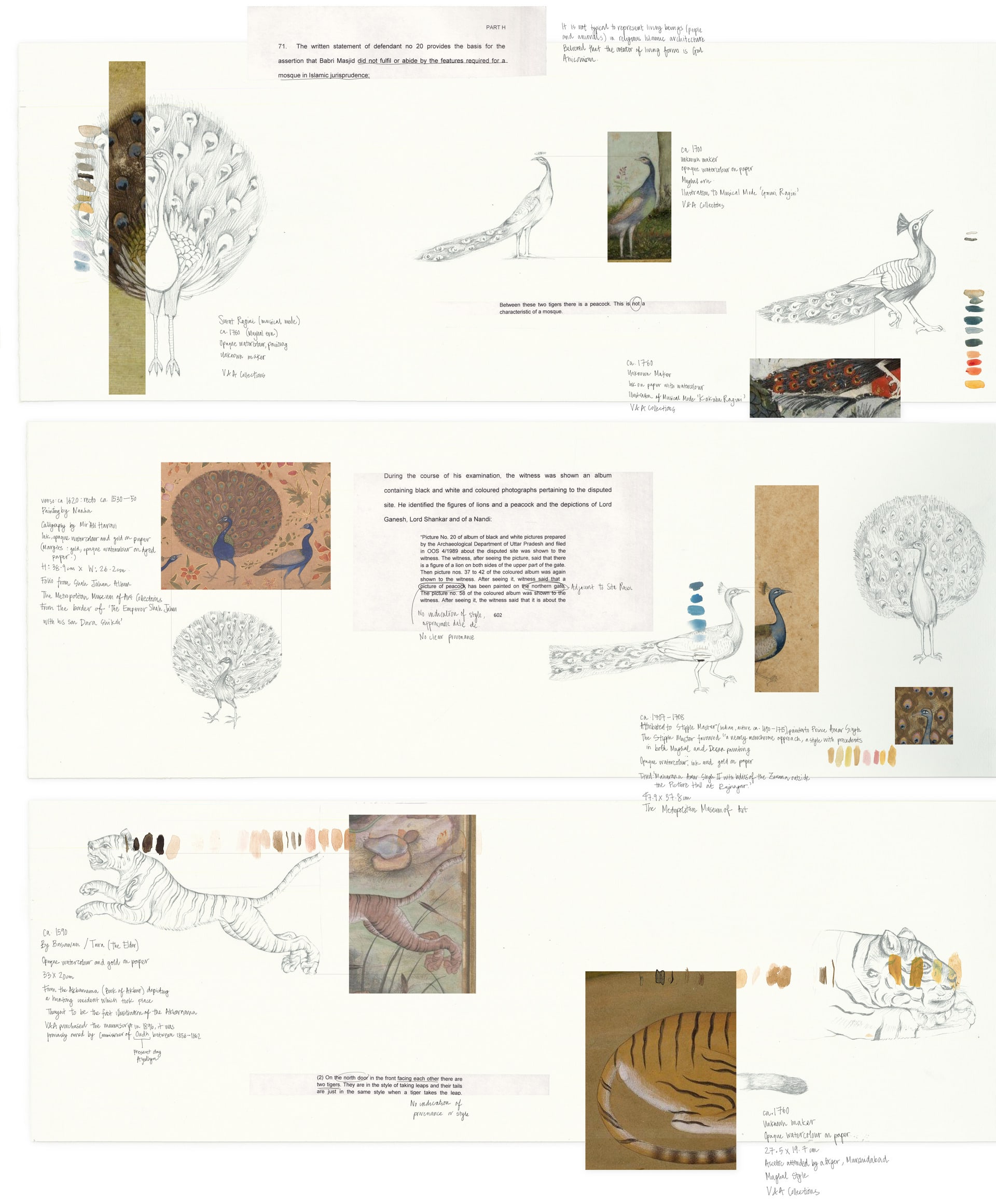I am an architectural designer based in London. My work often considers the politics of global institutions and systems and their cultural and social effects. My first-year project, ‘Flood, Flow, Overflow' reflected on the social and ecological effects of the salt industry in Western India. It was awarded a RIBA London Award and was exhibited as part of ‘Demonic Strata’ at Index, Biennial of Art and Technology alongside ADS2 alumni work. I have contributed a text to the upcoming issue of EYESORE magazine.
I completed my BSc in Architecture at the Bartlett School of Architecture, following which I spent two years working at architectural practices in London.














